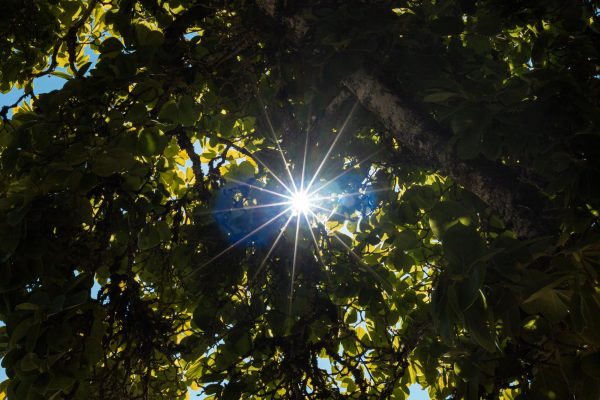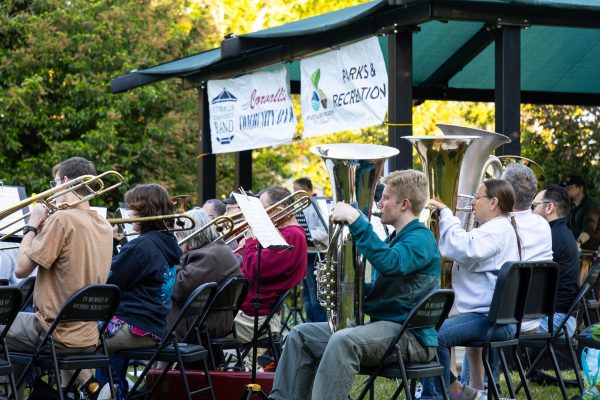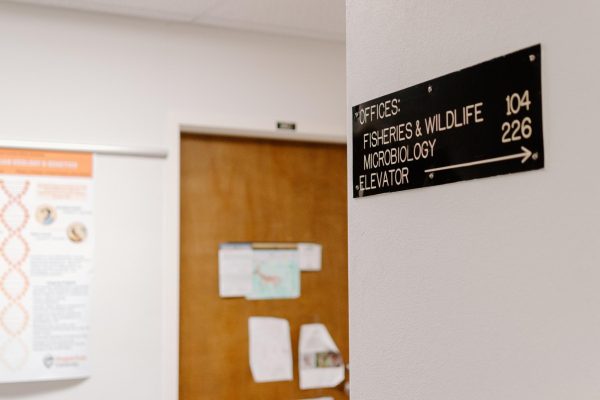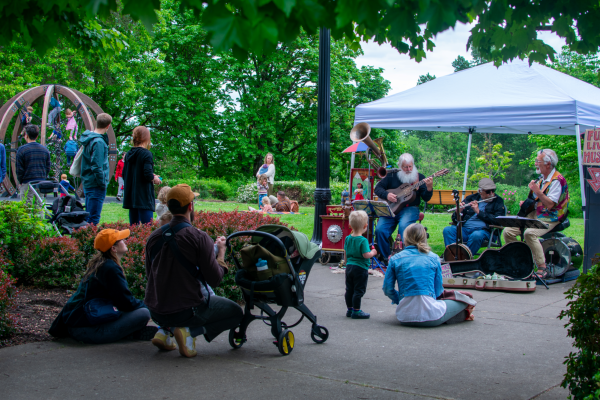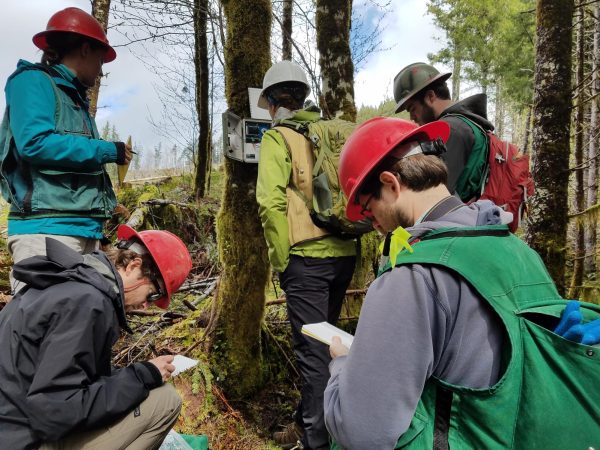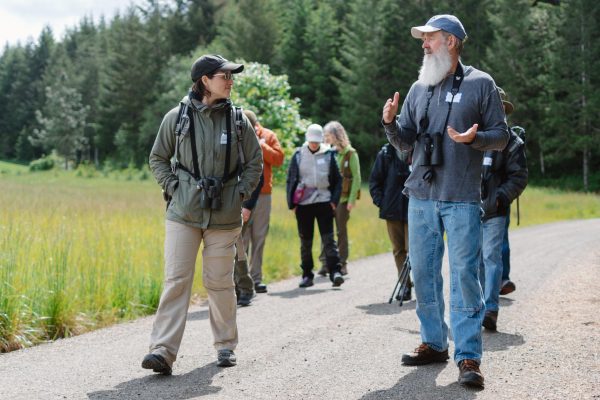City section welcomed to The Daily Barometer in 2020
March 1, 2021
Oregon State University’s The Daily Barometer introduced the city section to the newspaper a year ago in 2020 and since then, this addition has opened more opportunities and the section aims to provide steadfast local news beyond the university.
The idea for the city editor position began near the end of fall term in 2019 and was officially launched the following term in Jan. 2020. Joe Wolf, former city editor, was hired to take on the role at The Daily Barometer.
This was not the first time Former Editor-in-Chief Delaney Shea had to create a new position for the paper. She had previously helped bring back cartoonists two years prior.
“Writing the position description was not too bad because I already knew what I wanted them to do and how I wanted them to fit into our already existing team,” Shea said. “[Wolf ] already was familiar with the workflow and everything. There were some hiccups figuring out the balance between the news editor and city editor position.”
Shea said this wasn’t a decision that was made lightly with how additional funding had to be requested and having to think strategically about the paper’s direction. Although The Daily Barometer is based on campus news, this was an opportunity to help students stay informed about the community and what is going on around them.
Wolf had previous experience with the organization throughout his four years including being the summer editor-in-chief and engagement editor. Having to adapt to the new position along with the pandemic moving everything online was a challenge for him. The office culture he was used to shifted to Zoom calls and text-based communication.
“Coming into a new section or adding a new dimension to what you’re trying to do is always going to be difficult, but I think we were reasonably well positioned to expand our coverage,” Wolf said.
Local news across the country is scaling back with how advertising and revenue is diminishing. Print is transforming into digital-only and people are not willing to pay, which leaves newspapers in trouble.
“That was happening in Corvallis too,” Shea said. “Last year when they closed the Corvallis office and moved the Corvallis Gazette-Times and the Albany Democrat-Herald to their office in Albany, naturally, you could see that there were less reporters, less presence, less local coverage.”
The city section was a way for The Daily Barometer to serve the community more and help people stay informed. Reporters were now able to cover city council meetings or city policy.
“My goal with the section was to get as many people as I could comfortable with kind of seeing beyond the little wall of [the] garden of OSU into the wider community and seeing what else is going on that affects students [and] affects our readership that people want to find out about,” Wolf said.
Wolf said there is a two-fold mission with the city position. Those purposes being to produce the best content you can and to take it as a learning opportunity.
People were receptive and excited about the idea of adding the position. Shea said everyone understood the value of this new source of reliable, unbiased information for the community.
She said all the editors and reporters worked well together to help the new section get off the ground. People on the staff were willing to write city stories and get familiar with policies and city officials they would need to get in contact with.
“I was excited when reporters from The Barometer reached out in 2019 and expressed an interest in increasing their coverage of city business,” said Patrick Rollens, Corvallis public information officer. “A significant portion of the population in Corvallis is comprised of students, faculty or people affiliated with OSU. It’s important that they have an understanding of how the City of Corvallis operates, even if they only live in our community for a few years at a time.”
Rollens said that he worked with Wolf and reporters to give a foundation of how the city operates. He provided information and context about how the city council meets and makes policy-level decisions for the city regarding topics related to climate action, homelessness, public infrastructure and COVID-19 issues. The increase of coverage led to increased interactions and information sharing between city staff and reporters.
“I was very glad to have added that position when COVID-19 hit and when there were Black Lives Matter protests in downtown Corvallis,” Shea said. “It was actually very fortunate that we had that city position because then we had to dedicate an editor and reporters who were familiar with city affairs who could go out and cover really big things that were happening in the community that people wanted to know about.”
Since the section was introduced, engagement has been seen from community members such as letters being written to the editor, stories being shared on social media and discussions about certain topics and events regarding the community.
Wolf said the biggest success was getting the section up and running and being able to watch it continue to grow.
“I look forward to seeing where future editors take this,” Wolf said. “It is an opportunity to create the norms and create the precedent that will last beyond you.”


















































































































